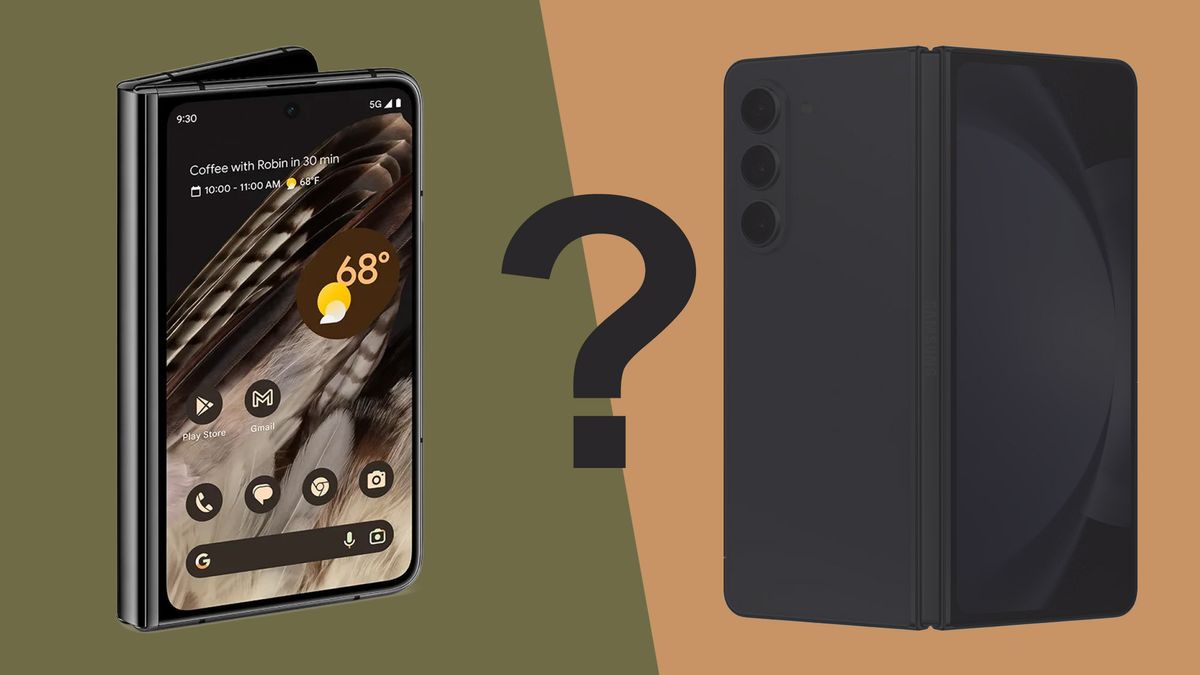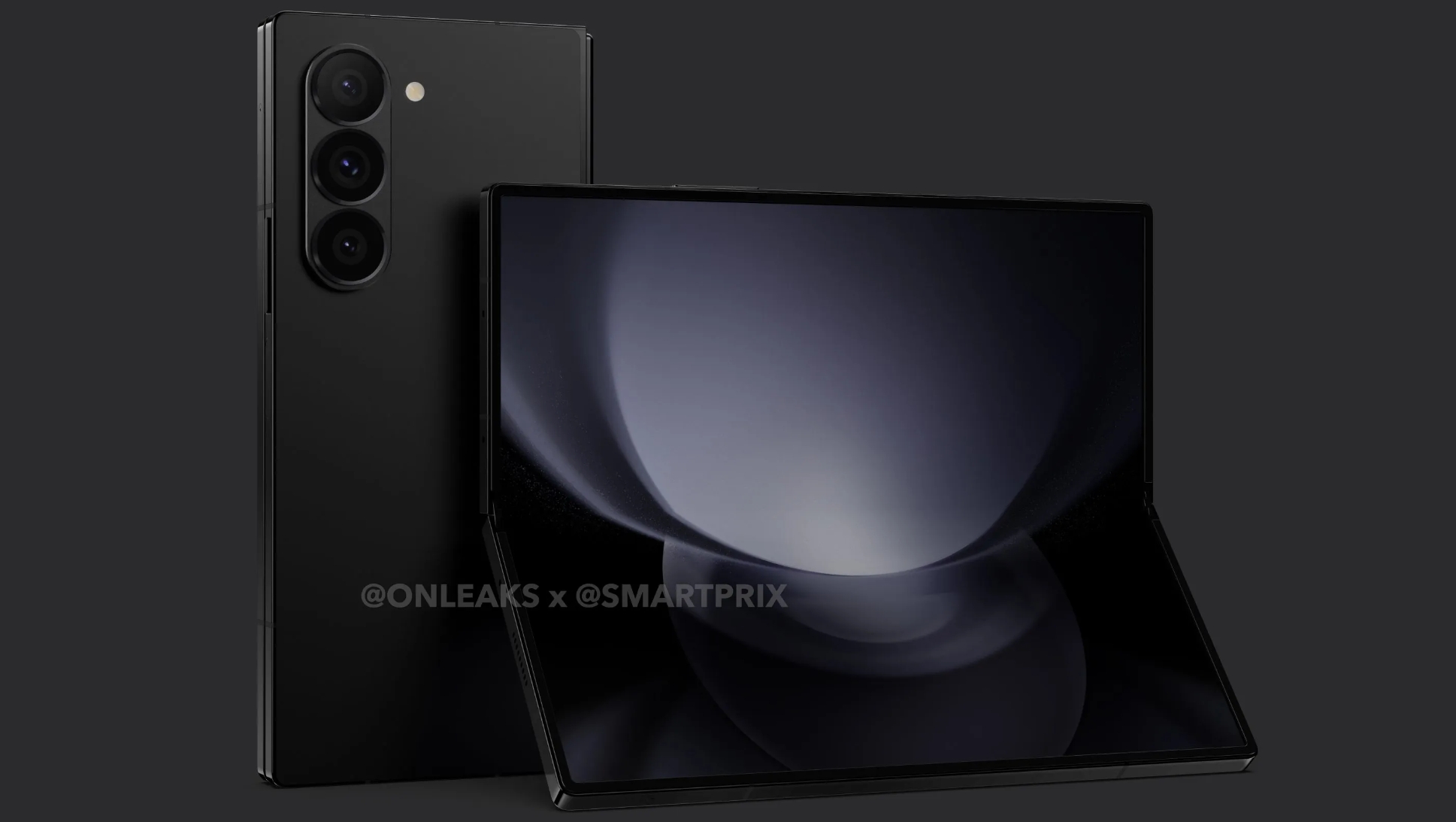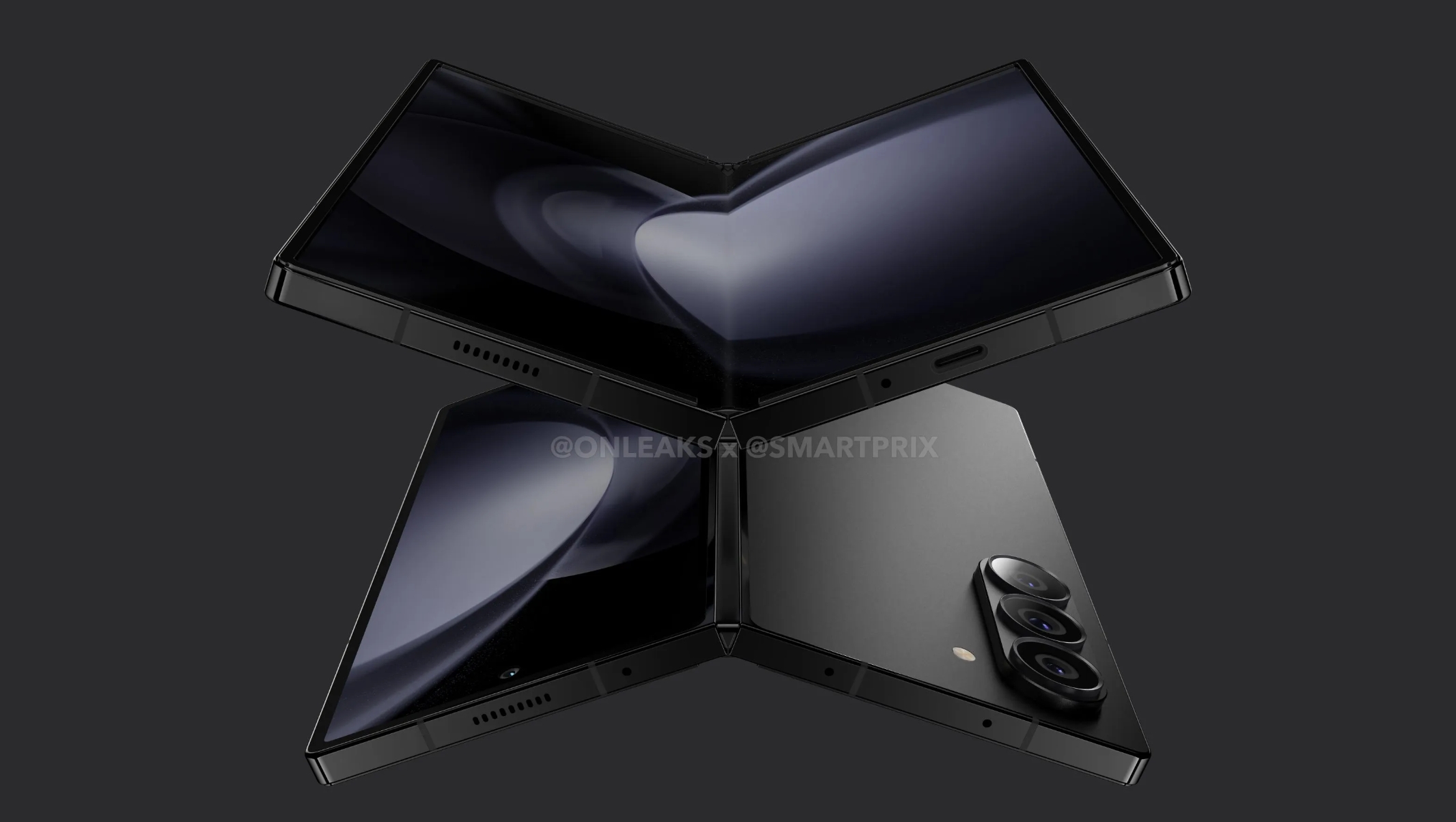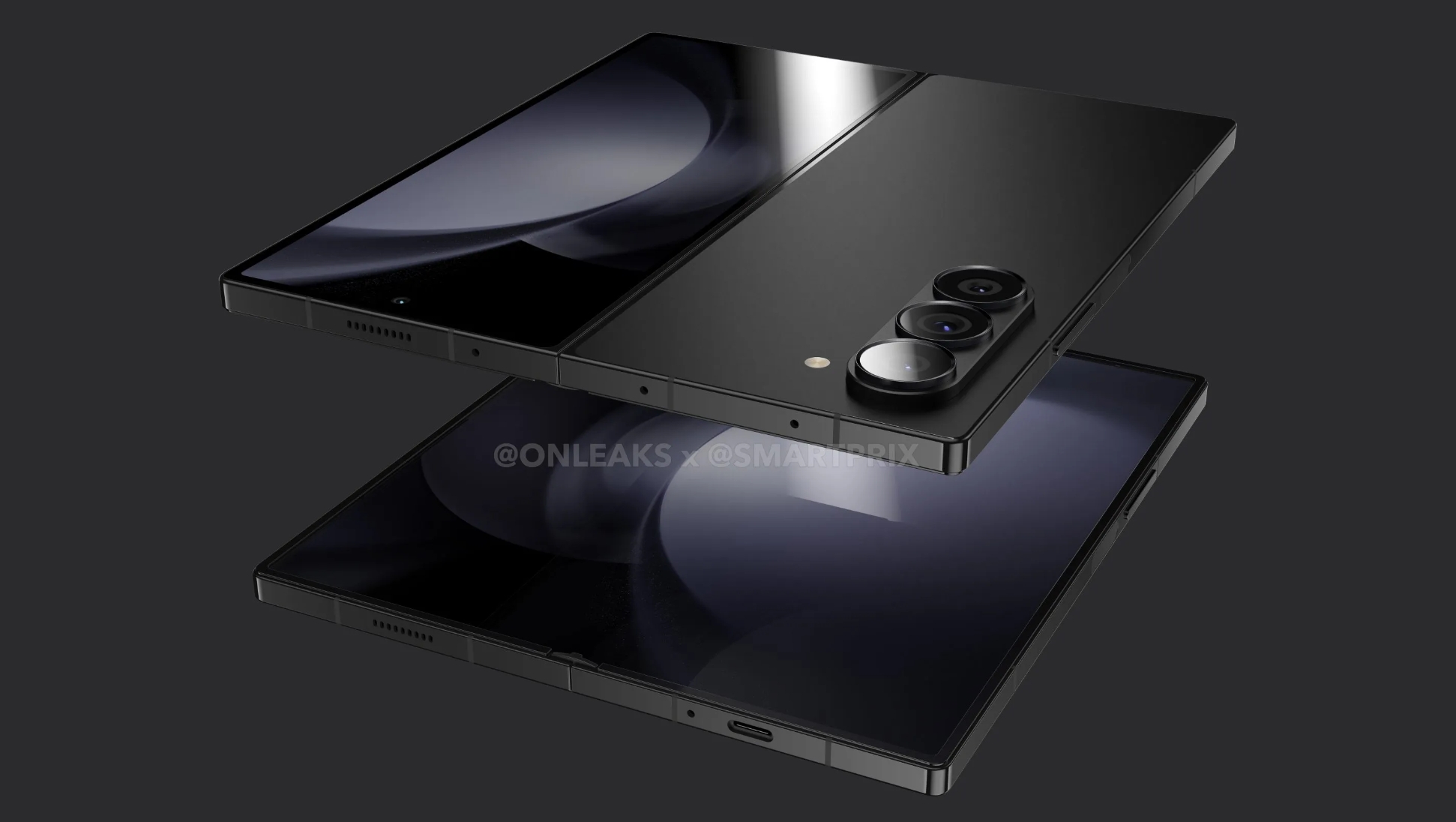Pitting the Samsung Galaxy Z Fold 6 vs. Google Pixel Fold is somewhat academic right now, as the former is a rumor and speculation, though it’s very likely to launch at the next Samsung Galaxy Unpacked event, slated for July 10.
Given we’re only expecting some small upgrades for the Fold 6 over its predecessor, you would be well-served looking at our Samsung Galaxy Z Fold 5 vs. Google Pixel Fold breakdown; just factor in an improved chipset for Samsung’s foldable phone, which is tipped to get the Snapdragon 8 Gen 3.
Going by the rumors so far, we’re only expecting the Fold 6’s chip to get an upgrade, which should help boost some of its computational photography as well as overall performance. However, we suspect it won’t be night and day when compared to the Galaxy Z Fold 5. Nevertheless, that would mean that Fold 6 outpaces Pixel Fold regarding raw performance, as Google’s phone uses a chip that’s more focused on AI than sheer clock speeds.
Think smart
Let’s hone in on AI, as while the Fold 6 is set to get the same cameras as its predecessor, which could leave the Pixel Fold with the photography edge, it’s sure to receive a dose of smart features via Samsung’s Galaxy AI.
And we suspect that not only means the slick Generative Edit feature, which allows for photos to be completely reworked – the same can be said for the Magic Editor, which was rolled out to the Pixel Fold after its debut on the Pixel 8 phones – but also other AI-powered tools, maybe some of these could be specifically tuned for the Fold 6 and its big display.
We feel that’ll be the crux of the Fold 6’s appeal when compared against the Pixel Fold and others: the ability to blend AI tools with a foldable form factor. That could mean smarter multitasking or better digital image or text generation translated from sketches and scribbles made with the S Pen.
With that in mind, there’s an argument that the Galaxy Z Fold 6 will target a somewhat different audience than the Pixel Fold. The former is set to continue to offer the same book-like, phone-meets-small tablet experience of its predecessors, only with some nips and tucks and a new chip. Whereas the Pixel Fold has a squatter design, compact notepad-like design and feels like it’s a showcase for Google’s best take of Android made to fit a foldable form factor.
Both foldable phone designs have their place in the foldable arena, but which is best for you will be determined by whether you want a taller phone with a narrower cover and an internal display that works well in both horizontal and vertical orientations or prefer a phone with a shorter but wider cover screen and a main display that’s best used in a landscape mode.
With both phones likely sporting 120Hz displays, a trio of similar rear cameras, and fast charging, they’re not set to have a lot of hugely obvious differences between them. Pricing for the Galaxy Z Fold 6 is likely to follow that of its predecessor, meaning $1,799 / £1,649 / AU$2,599, which, against the Pixel Fold starting price of $1,799 / £1,749 (there was no Australian launch), means the Fold 6 could have the advantage in the UK, but not by all that much.
If we had to place a bet, then going by our verdict on the Pixel Fold vs Galaxy Z Fold 5, and the lack of major changes expected in the next-generation Z Fold phone, we’d say the Fold 6 will be the foldable phone for most people to go for. That’s because Samsung keeps refining its folding phone experience and offers a device that most people who want such a foldable can get on with. Meanwhile, the Pixel Fold is more for people who want a very clean take on Android in a foldable form with some clever processing and great cameras thrown into the mix.














